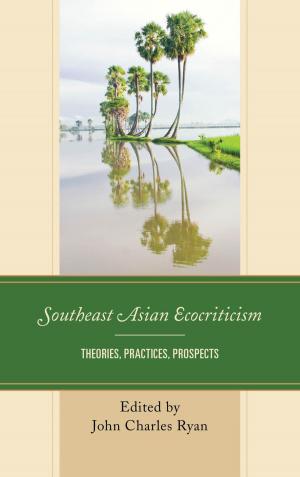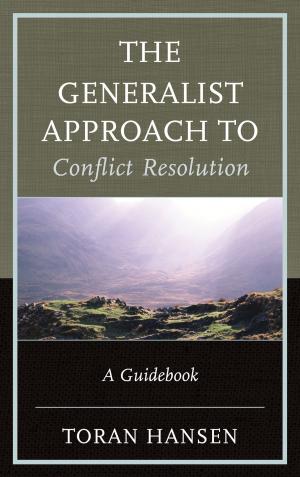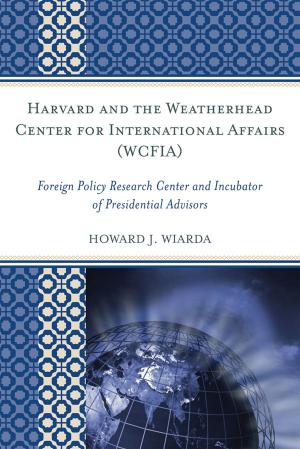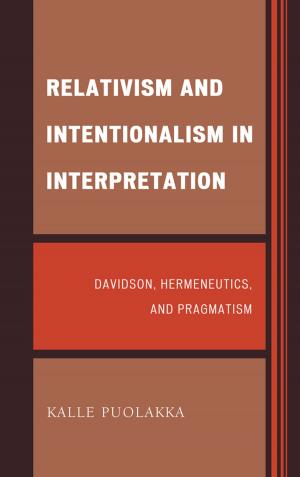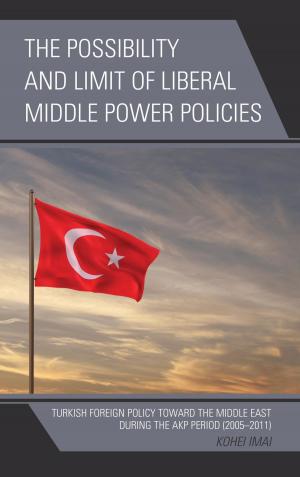China and East Asia's Post-Crises Community
A Region in Flux
Business & Finance, Economics, International Economics, International, Nonfiction, Social & Cultural Studies, Political Science, Politics, Economic Conditions| Author: | Wei Liang, Faizullah Khilji | ISBN: | 9780739170830 |
| Publisher: | Lexington Books | Publication: | October 4, 2012 |
| Imprint: | Lexington Books | Language: | English |
| Author: | Wei Liang, Faizullah Khilji |
| ISBN: | 9780739170830 |
| Publisher: | Lexington Books |
| Publication: | October 4, 2012 |
| Imprint: | Lexington Books |
| Language: | English |
China and East Asia’s Post-Crises Community: A Region in Flux, by Wei Liang and Faizullah Khilji, explores how an East Asian community is taking shape as a result of China’s emergence as a global economic power and the shocks of the financial crises emanating from the globalized financial system. Today’s East Asia shows a sharp break from the East Asia of the Cold War era, in both basis and orientation. Important elements in this shift include the regional economic integration propelled by China’s emergence as a processed manufacturing center in the world economy, the common problems posed by the working of the dollar-based international financial system, and the desire to develop institutions that help to formalize the economic integration and financial cooperation that is taking place, and may thus help protect and safeguard economic prosperity in the region. Liang and Khilji show how the approach to regional economic cooperation and developing institutions comes from the bottom up, lacking any leader nation, grand vision, or ideology. The manner in which the region comes to work together also has implications for the governance of the world economy, in particular the economic model that underlies policy formulation, the working of the international financial system, and the approach to the multilateral trading system.From a security oriented US-centric regional structure characterized as the hub and spokes system set up after the Second World War, this region is now more nearly an informal economic community, which increasingly appears to be China-centric. China and East Asia’s Post Crises Community presents one of the first attempts to weave together different strands of the current discussion to develop a framework for understanding a rapidly evolving East Asia region.
China and East Asia’s Post-Crises Community: A Region in Flux, by Wei Liang and Faizullah Khilji, explores how an East Asian community is taking shape as a result of China’s emergence as a global economic power and the shocks of the financial crises emanating from the globalized financial system. Today’s East Asia shows a sharp break from the East Asia of the Cold War era, in both basis and orientation. Important elements in this shift include the regional economic integration propelled by China’s emergence as a processed manufacturing center in the world economy, the common problems posed by the working of the dollar-based international financial system, and the desire to develop institutions that help to formalize the economic integration and financial cooperation that is taking place, and may thus help protect and safeguard economic prosperity in the region. Liang and Khilji show how the approach to regional economic cooperation and developing institutions comes from the bottom up, lacking any leader nation, grand vision, or ideology. The manner in which the region comes to work together also has implications for the governance of the world economy, in particular the economic model that underlies policy formulation, the working of the international financial system, and the approach to the multilateral trading system.From a security oriented US-centric regional structure characterized as the hub and spokes system set up after the Second World War, this region is now more nearly an informal economic community, which increasingly appears to be China-centric. China and East Asia’s Post Crises Community presents one of the first attempts to weave together different strands of the current discussion to develop a framework for understanding a rapidly evolving East Asia region.

